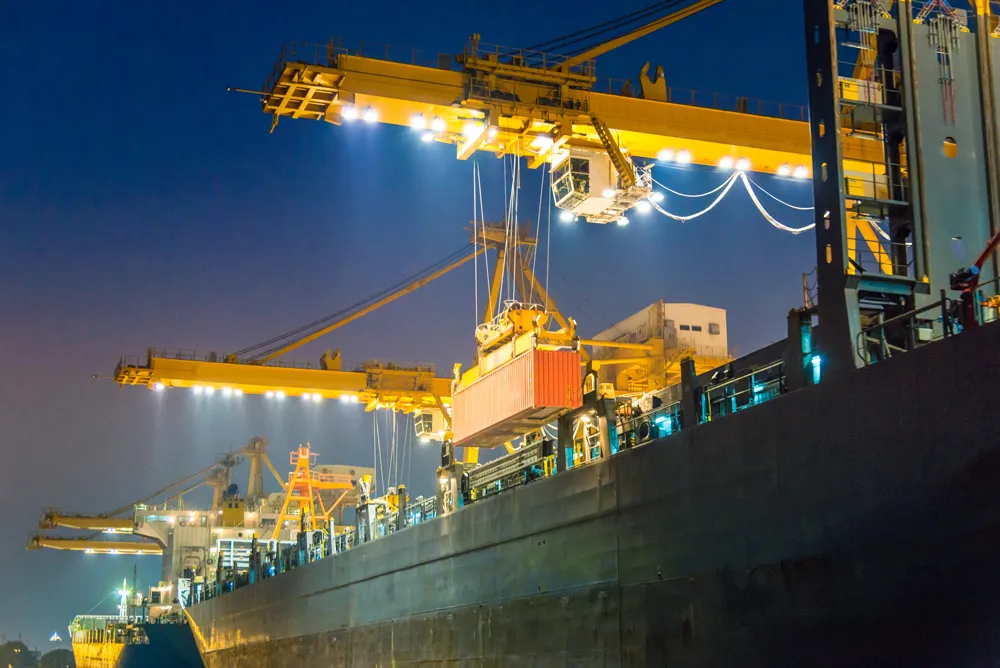Varamar Group has launched what it claims to be the first independent online platform for the global freight market, to save time and money for users in the shipping industry, Ukraine.
In phase one, Sipnext, endorsed by Baltic and International Maritime Council and
The next phases will be rolled out over the next 18 months with shipnext integrating various aspects and sectors of the market from tendering and negotiations, contract management, reporting, post fixing and operations. It will also provide banks with real-time charter rates, statistics and analysis.
Varamar Group launches digital cargo solution
Varamar Group has launched what it claims to be the first independent online platform for the global freight market, to save time and money for users in the shipping industry, Ukraine. In phase one, Sipnext, endorsed by Baltic and International Maritime Council and European investment bank Dragon Capital, uses software to read an emailed cargo request or ship position and match cargos with ships using 70 various databases and algorithms
October 2, 2017
Read time: 1 min










